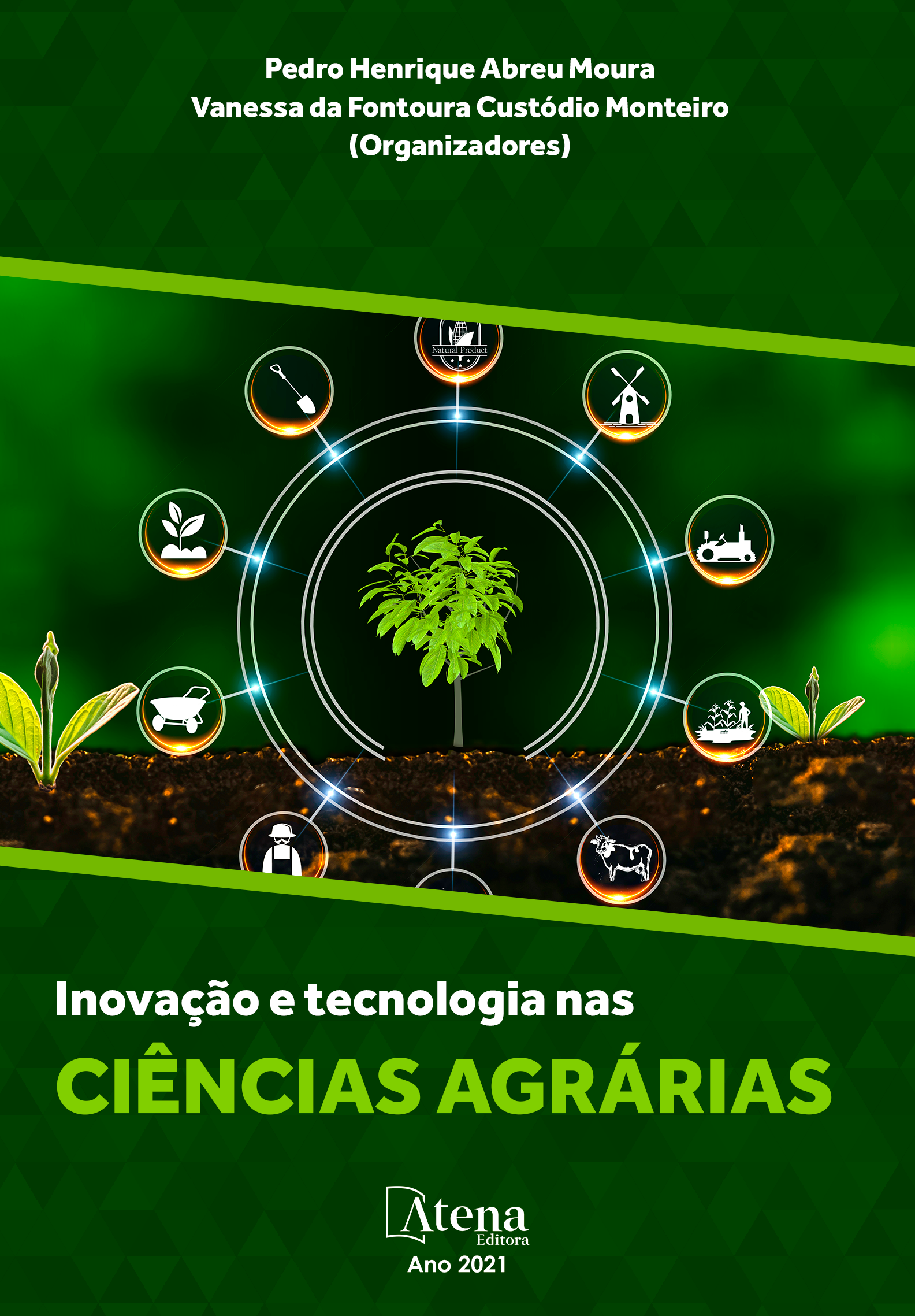
VALIDAÇÃO DE TÉCNICAS DE INOCULAÇÃO E COINOCULAÇÃO DE BACTÉRIAS PARA A CULTURA DA SOJA NO CENTRO-OESTE BRASILEIRO (ARAÇU-GO)
Associações entre as bactérias do gênero Bradyrhizobium com as bactérias do gênero Azospirillum, até então conhecidas por promoverem o crescimento de gramíneas, estão sendo utilizadas no plantio comercial de soja (Glycine max) em busca de maior produtividade. A coinoculação dessas culturas de bactérias proporciona benefícios, como o aumento da área radicular, o que possibilita maior aproveitamento de fertilizantes e nutrientes do solo, favorecendo a planta em situações de estresse hídrico; incremento da produtividade; maior vigor das plantas e equilíbrio nutricional. A EMATER realizou um ensaio para verificar a eficiência da técnica de coinoculação em soja. Na safra 2019/20, o ensaio foi instalado em área da EMATER (Estação Experimental de Araçu-GO) com a cultivar BRSGO 7858 RR. O objetivo do presente trabalho foi avaliar a resposta agronômica da cultura da soja às técnicas de inoculação e coinoculação por medições de algumas variáveis morfométricas, a produtividade (kg/ha) e o peso de mil grãos. O tratamento de coinoculação apresentou resultados significativos estatisticamente para as medições de comprimento de parte aérea, peso e densidade da raiz; enquanto os outros parâmetros analisados não tiveram resultados significativos estatisticamente para o tratamento.
VALIDAÇÃO DE TÉCNICAS DE INOCULAÇÃO E COINOCULAÇÃO DE BACTÉRIAS PARA A CULTURA DA SOJA NO CENTRO-OESTE BRASILEIRO (ARAÇU-GO)
-
DOI: 10.22533/at.ed.24321161210
-
Palavras-chave: Azospirillum; Bradyrhizobium; Glycine max; produtividade
-
Keywords: Azospirillum; Bradyrhizobium; Glycine max; productivity
-
Abstract:
Associations between bacteria of the genus Bradyrhizobium and bacteria of the genus Azospirillum, until then known to promote the growth of grasses, are being used in commercial soybean planting (Glycine max) with the objective of greater productivity. The co-oculation of these bacterial cultures provides benefits, such as increased root area, which allows greater use of fertilizers and soil nutrients, favoring the plant in situations of water stress; increased productivity; greater plant vigor and nutritional balance. EMATER carried out a test to verify the efficiency of the co-inoculation technique in soybean. In the 2019/20 harvest, the trial was installed in an area of EMATER (Experimental Station of Araçu-GO) with the grow crops BRSGO 7858 RR. The objective of the present work was to evaluate the agronomic response of soybean crop to inoculation and co-inoculation techniques by measuring some morphometric variables, yield (kg/ha) and weight of a thousand grains. The coinoculation treatment showed statistically significant results for measurements of shoot length, weight and root density; while the other parameters analyzed did not have statistically significant results for the treatment.
-
Número de páginas: 9
- Taís Ferreira de Almeida
- Edgar Luiz de Lima
- Cláudia Barbosa Pimenta
- Ana Carolina de Souza Fleury Curado


